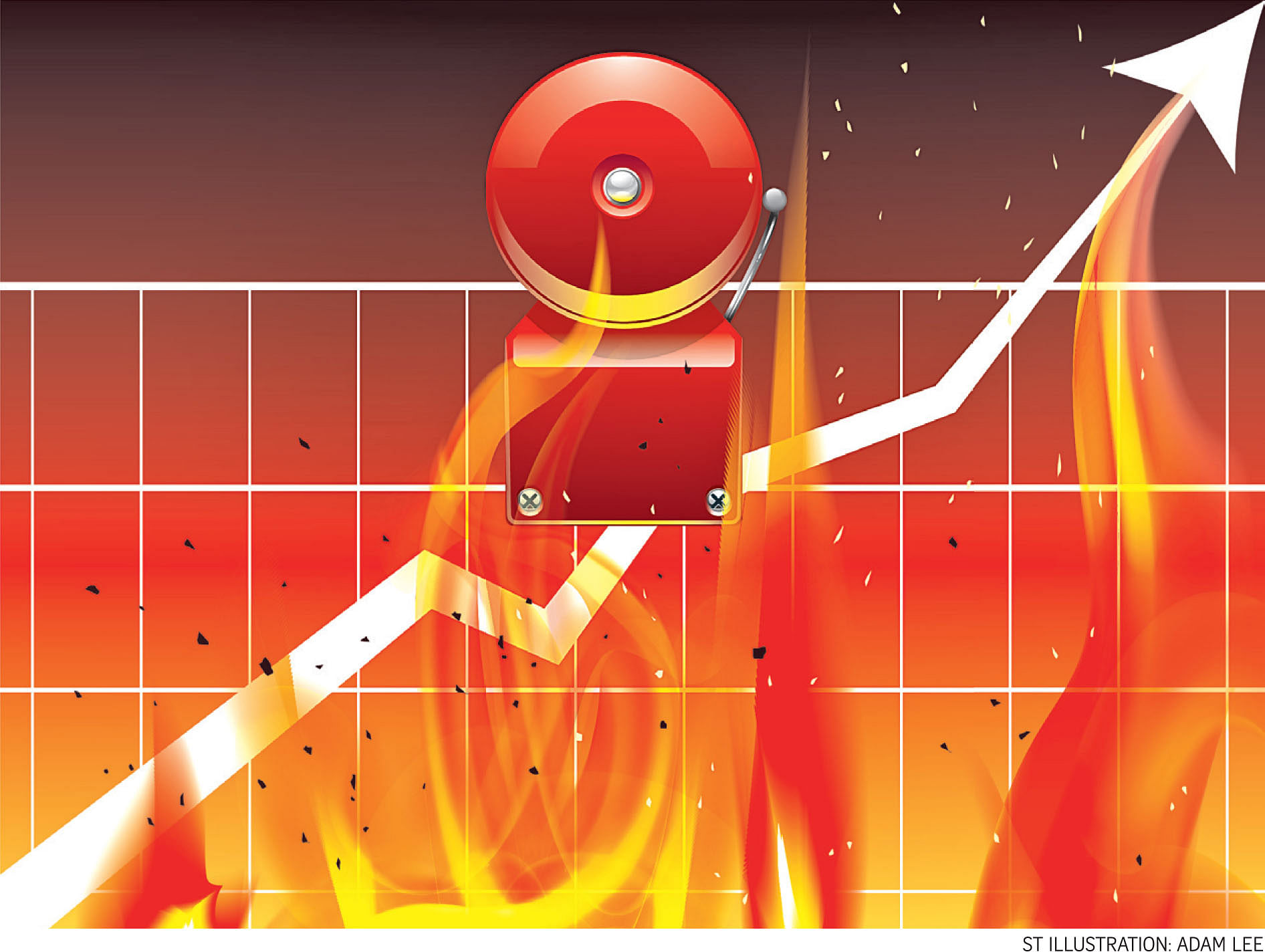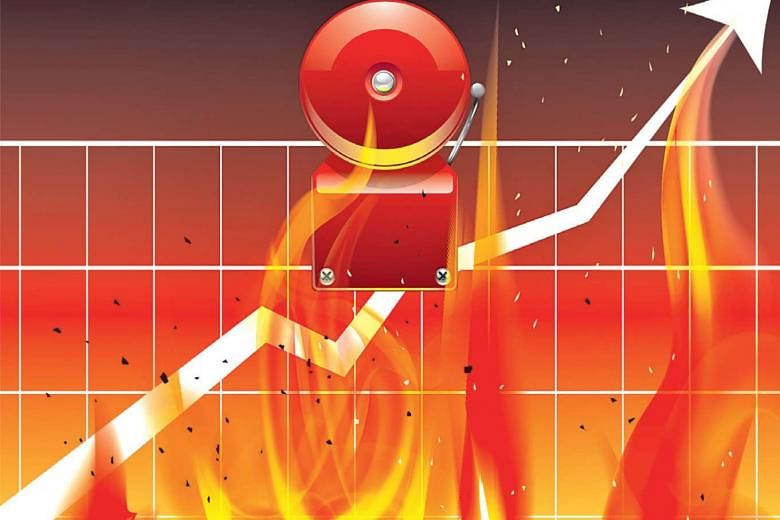When an investor buys shares in a listed firm, he does so with the understanding that he has no control over its assets and he gets updates on its business only once a quarter when the company releases its results.
To compensate for those drawbacks, the investor reserves the right to walk away at the drop of a hat, simply by selling his shares on the stock market if he is uncomfortable with how the company's business is doing.
But this option is denied to him if the stock stops trading. Fortunately, this occurs very rarely on the local stock market, but it still does happen - as the Singapore Exchange (SGX) amply demonstrated when it furnished a list of 20 stocks that have been suspended from trading for more than a year.
When I glanced through the list recently, the one thing that struck me immediately was the fact that I had raised the red flag on a couple of them in my articles well before they stopped trading.
It is not that I had specially gone out of my way to look for these delinquent counters. In many cases, the cracks had started to appear long before the stock went kaput.

Some of them had displayed wayward behaviour so eye-catching that they made for prominent news stories. That should have set the alarm bells ringing but as one reader said in a note to me: "The telltale signs were there, but investors wanted irrefutable proof that the problem existed. By then it was too late."
Take one of the suspended stocks, China Hongxing Sports, which stopped trading five years ago. For years, pointed questions had been raised over its reluctance to pay a handsome dividend, even though it was supposedly sitting on a big pile of cash.
At one analyst briefing, its investor relations officer even brandished a bank statement purportedly showing the amount of cash which the group had with the bank - a gimmick more commonly associated with snake-oil salesmen. But it was the growing sloppiness with which China Hongxing was undertaking its routine housekeeping chores that was the big giveaway, taking as it did an eye-popping five months to report a series of share sales by a then big investor, JF Asset Management.
Another red flag was hoisted when its joint auditors for five years, RSM Nelson Wheeler and Foo Kon Tan Grant Thornton LLP, suddenly quit two months before the year-end audit was about to commence. The big surprise was that even this desertion failed to spark alarm among investors, who did not question management more closely about it when a special shareholders' meeting was convened to approve the appointment of new auditors.
The antics of loss-making JES International, suspended from trading last year, were even more outrageous.
The stock caught my eye two years ago when its share price suddenly shot up 26 per cent in a day after it claimed that it planned to buy into a company holding exploration rights in China's northern Xinjiang region that might be sitting on a huge reserve of magnesium oxide - a mineral that is mined for making building materials.
What should have triggered the alarm bells in this case was the assertion that the mining concession held US$500 billion (S$688 billion) worth of the mineral. This was a sum so huge that it was equivalent to over half of the market value of all the companies listed on the SGX.
But there were traders who took the announcement at face value, and chased up the company's share price sharply in the mistaken belief that it had struck it rich.
So what should an investor do to avoid getting caught holding such stocks in the first place?
A reader put a smile on my face when I read his note asking me if he should believe what he read in an e-mail touting a trading tool which claimed to be able to identify undervalued stocks - and the huge gains which an investor could reap from using it.
As he himself noted, he had never heard of some of the counters which the tool had identified. The trading liquidity of the stocks identified was also so thin that it would be difficult to accumulate a decent quantity of their shares or sell out of them quickly, if he needed the money in a hurry.
I wrote back to say that he had answered the question himself - and that it pays to have a good dose of scepticism when it comes to stock investments. It is, after all, his hard-earned money that he will be tossing away if he is not careful in picking his investments.
For me, the best investment strategy is still to select the right stock to buy in the first place.
That saves the heartache of having to agonise over whether to get rid of an investment I should never have touched in the first place, when it turns sour - or worse, having to write it off completely because trading of its shares has been suspended.
To avoid going down that slippery slope, there is one piece of advice worth flagging - and that is the great fund manager Peter Lynch's admonition "never to invest in any idea you can't illustrate with a crayon".
If you can't explain in a sketch what a company does in 30 seconds or less, you should not own its shares. After all, why throw money into something when you don't fully understand how it works?
This does not apply only to any suspect stock we may be tempted to buy but, more broadly, to any investment we may plan to go into, be it unit trusts, insurance-linked products or any of the clever structured stuff offered by the bank.
It is a simple investment strategy to implement but it works admirably for many investors.


